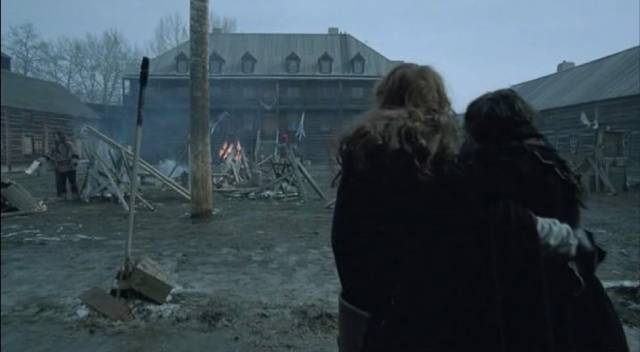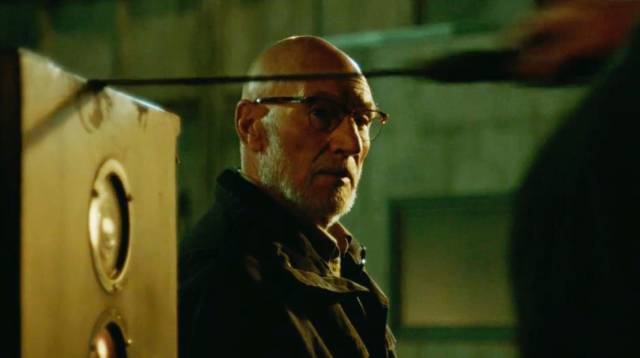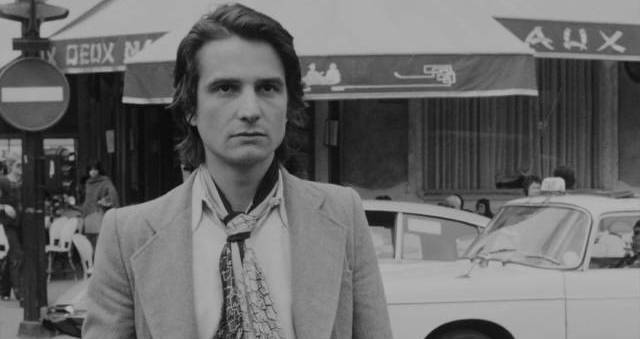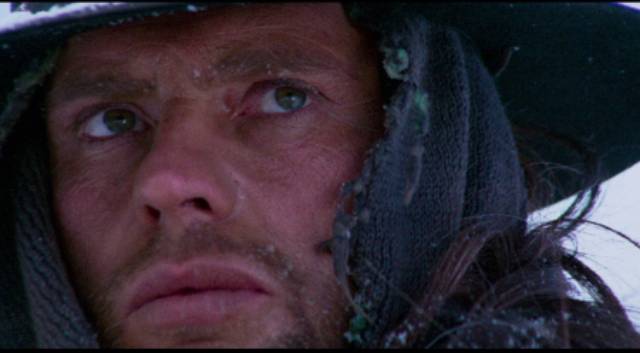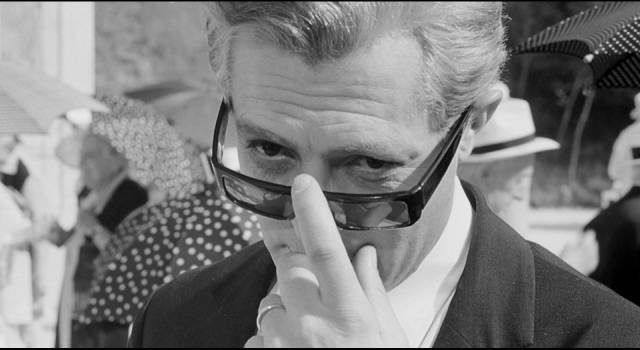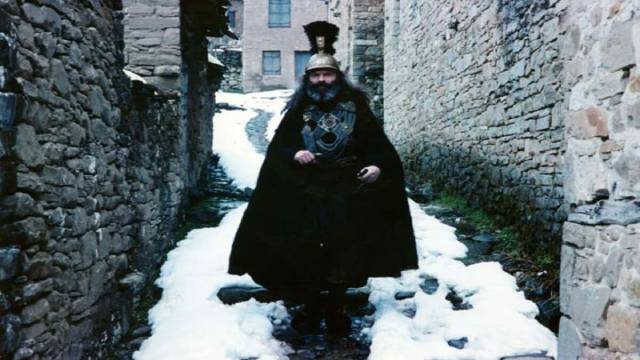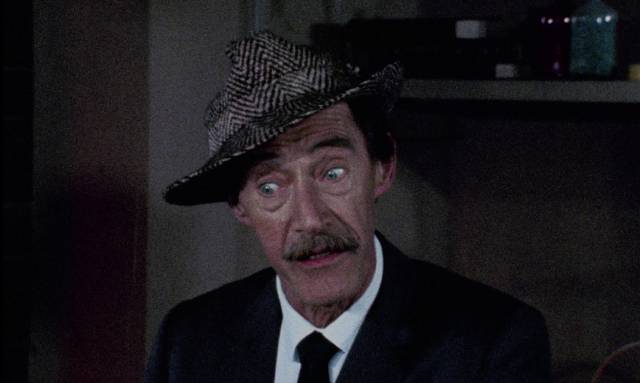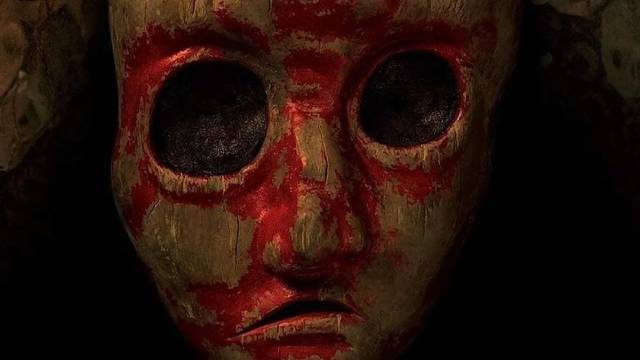
Two recent box sets – Arrow’s J-Horror Rising and Severin’s All the Haunts Be Ours Vol. 2 – provide a dizzying range of horror and fantasy movies from multiple cultures and cinematic traditions. Each set includes a range of extras which illuminate not only the cultural differences but also similarities in theme and emotional impact displayed by these movies.

